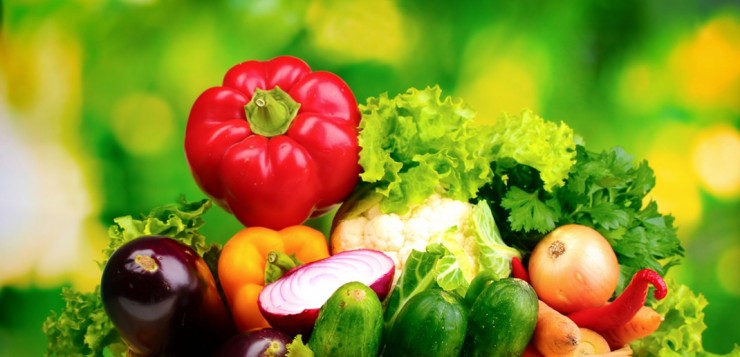Many ask me what, when, and how much they should eat. I don’t have a precise answer for this (and never have) for the simple reason that everyone is different. These differences are based on:
- Lifestyle
- Activity level
- Age
- Weight
- Height
- Genetics
These six factors are proof that there is no ready-made formula that will work for every athlete; he must learn to listen to his body and determine how to adapt his diet to his specific needs. Nevertheless, there are several good reflexes to acquire that will form a good groundwork on which to build an adapted diet- what I mean by this is a diet that will allow a person to accomplish their objectives (increased performance, weight loss, muscle gain, etc..)
Let’s take, as an example, a person who has acquired the fundamentals of fitness and nutrition (eating based on daily energy expenditure, proper rest for recuperation, notion of calories…) and who now wishes to adapt his diet to his sport:
Meal timing
Timing is the least important factor when it comes to weight regulation. Eating a plate of rice at lunch and one at dinner is equivalent to not eating any at lunch and eating two at dinner.
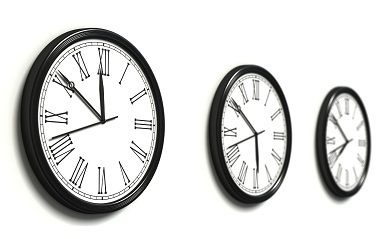
But it is interesting to adapt your diet to your sport to be able to optimize performance and maximize progression. Eating around one’s workouts can make sure that the body has the nutrients it needs and help maximize recuperation. It is also a god idea to try out different “combinations” until you find a way of eating that is simply adapted to your life. I personally fix the following objectives for myself that allow me to progress all year:
A source of protein at every meal
This way, I am sure to meet my protein requirements during the day. Here are a few sources of protein that are easy to find and are not too expensive:
- White meat (poultry)
- Legumes (lentils)
- Plain greek yoghurt
- Fish (watch out for farmed fish that may contain mercury, antibiotics, or hormones)
- Eggs
Meal characteristics
Unlimited vegetables

Make it a habit to eat seasonal vegetables and to vary them. As well as filling you up, they provide all the vitamins and minerals your body needs. Careful, certain cooking methods may destroy these nutrients. I often privilege steam cooking. I often eat a big plate of vegetables at lunch to be sure my vitamin and mineral requirements are met even if I don’t have the chance to do so at dinner:
- Leek
- Carrots
- Tomatoes
- Broccoli (Bonus: Also a great source of protein)
Make sure your vegetables are high quality- if they are full of pesticides, there is a high chance that they have been striped of much of their vitamins and minerals. I try and get mine from local producers.
High quality oil
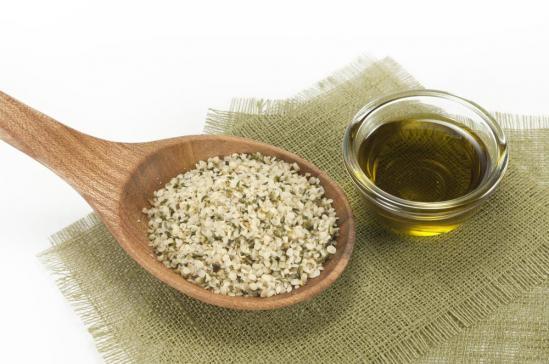
Olive oil is the cheapest and is rich in antioxidants, hemp oil and linseed oil are expensive but have many benefits. Walnut oil has a great taste, and goes well in salads. Careful, cooking with oil is not something I recommend- the heat alters the structure of the oil and strips it of its qualities.
Having 2 tablespoons of oil during the day will bring you the lipids you need. I will spare you the omega-3/6/9 ratios, but know that making it a habit to have a high quality source of lipids in your diet is a good thing.
Watch out for “Saturated” oils- try to avoid these as well as “trans-fats”, which are man-made and used to make processed food taste better. We often find this kind of fat in cookies, breads, frozen foods, etc. Don’t hesitate to glance at the ingredients on a product once in a while to start noticing where it pops up and avoid it if possible.
A source of carbohydrates
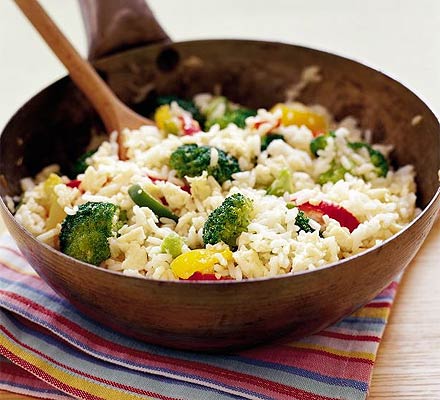
Carbs are an often neglected aspect of a person’s diet, because many looking to have a healthier lifestyle read somewhere that “pasta makes you fat.” Carbs are a direct source of energy for your body- thus very important for athletes who need this energy to maintain their efforts. I recommend whole grain products, for their increased nutritional value. Try to complete the following switches:
- Replace white bread with whole grain bread (whole wheat is ok too, but whole grain is best)
- Replace pasta with whole grain wheat pasta
- Remplace white rice with brown rice, etc…
A “whole grain” product is one that is simply not refined, and in which vitamins and minerals (found in the envelop of the grain) have been conserved. A good reflex to have is to have a source of legumes with grains to guarantee that protein and carbohydrate needs are met:
- Rice and lentils
- Couscous and chickpeas
- Quinoa and kidney beans, etc…
Limit fruit consumption
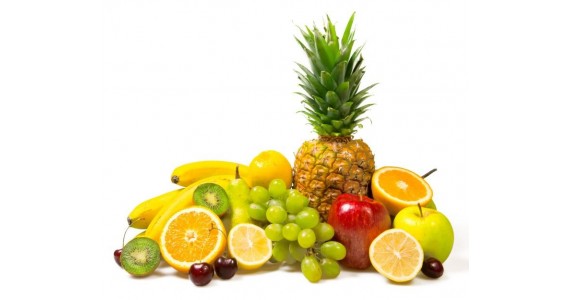
Eating unlimited vegetables yes, eating unlimited fruit no. 🙂
Fruit can make your caloric intakes explode, and it is easy to gain weight if you don’t moderate the quantity eaten. I limit myself to one or two servings of fruit a day. As with vegetables, beware of low-quality fruit- try to get fresh products from local producers and enjoy seasonal fruit!
Limit consumption of meat
Because it’s exploitation and production has a non-negligible impact on the environment and because we at Fit for Life believe that it is not necessary to eat meat to reach your objectives. If you can, try to replace meat with eggs, tofu, seitan, fish, etc.. as much as possible.
Substitutions
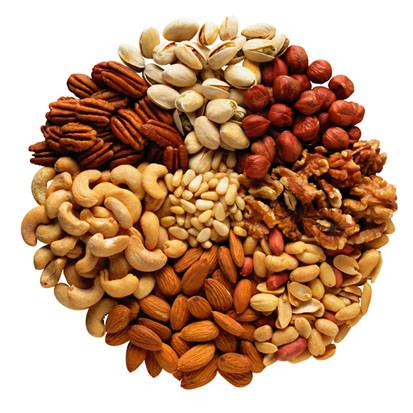
It is not always easy to change your diet and lifestyle, but this is made all the more difficult if these changes are made too abruptly. The best fitness and nutrition plan is one you can follow for life! Habits are formed as the brain adapts to the repetition of an action, and for this to happen, gentle transitions are best:
- Replace heavy sauces with spices
- Drink water instead of sugary beverages
- Have fruit or nuts as a snack instead of cookies
- Replace refined sugar with cane sugar, stevia, or agave nectar
- Replace rich deserts with a source of protein (I have in mind a bowl of greek yoghurt with coco stirred in, for example)
Be creative… and don’t restrict yourself.
Quantity
Eat more, eat more and eat more!
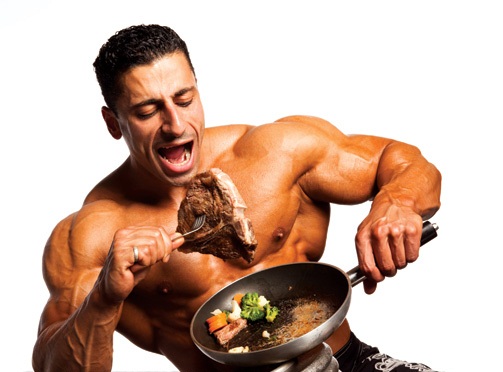
This is something I will never repeat enough: many beginners make the mistake of not eating enough (and working out too much.) It is important to know that as you progress, your body will be more demanding of energy to maintain your activity, and rest will be more important as well. Eating more does not mean eating an additional 200g of oats, but knowing how to progress, feel good and not have the impression that your workouts are draining all of your energy. If this is the case, it is highly likely that your diet is not adapted (assuming that you are not on a cut).
Here is one of my “typical” days as an example:
Breakfast
- A cup of coffee
Mid-morning
- A shaker with 2 scoops of whey
Lunch
- 400 grams of vegetables
- 4 eggs
- 1 apple
- 2 slices of whole grain toast
Dinner
- 100 grams of rice
- 150 grams of oats
- 100 grams of a protein source
- 2 tablespoons of coco powder
- 1 yoghurt
I am not saying you should stuff yourself (at the risk of quickly gaining weight), but don’t be afraid to eat. A pound of fat represents about 3500 calories. This means in other words that along with the calories your body needs to maintain it’s weight, 3500 additional calories are needed to gain a pound. In my case, this would represent around 6200 calories in a day, something that is not going to happen anytime soon 🙂
There are many myths surrounding nutrition:
- Don’t eat too late at night
- Avoid sugar
- Don’t eat too many almonds
- Chocolate makes you fat
- Bread is not healthy, etc…
The truth is that one must simply adapt his diet to his lifestyle. If you have more of an appetite at night, then eat a bit less earlier on! If you are hungrier in the morning, then eat more at breakfast and less at dinner, etc. Just try and have the following goals:
- Make sure to eat enough protein, lipids and carbs during the day
- Drink plenty of water
- Make sure to meet vitamin requirements by eating fruits and vegetables
- Observe yourself in the mirror once in a while- this is the best way to see if you are eating too much (i.e loss of muscular definition) or too little (i.e stagnation of gains).
- Enjoy yourself 🙂
Foods to avoid

You thought I was going to tell you not to eat the foods that are on the pictures 🙂 Without getting into too much detail, there is no such thing as “bad” or “good” food- the only variant in foods are their composition and molecular structures.
If we “decompose” what is found in a cheese pizza:
- Pizza dough (carbs)
- Oil (lipids)
- Sauce (carbs and lipids)
- Cheese (protein and lipids)
The drawbacks of eating too much pizza won’t be so much linked to its “quality” but rather to “quantity” (a pizza has about 1500/1600 calories, which is 2/3 the daily caloric requirements of the average woman)
Here are the only products that I personally avoid, because I don’t think they have a place in the diet of an individual (in my modest opinion anyways):
- Sweeteners: Aspartame/ Acésulfame K
- Fats: Palm oil/ animal gelatin/trans-fats
I consume the following in moderation:
- Chips/cookies (rich in lipids and saturated fats)
- Pastries (rich in lipids and carbs), etc…
Well, you get the point, moderation is key, as is being objective enough to set up a diet that corresponds to your lifestyle. No Brain, no Gain
Your diet is the groundwork for a strong and vigorous body, and plays a role in all aspects of your life- as the traditional chinese medicine practitioners believe, nourishment is a way to heal yourself 🙂

